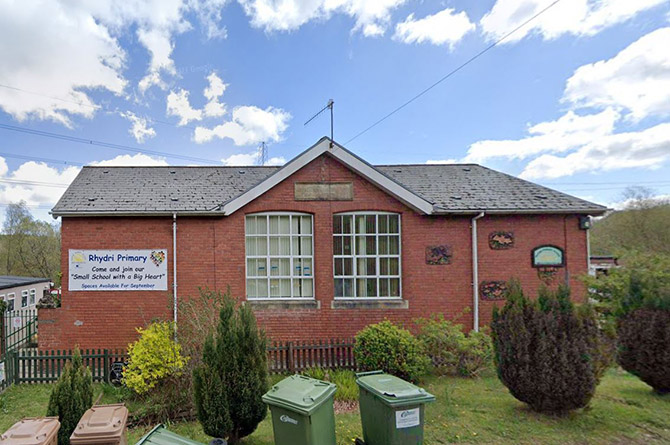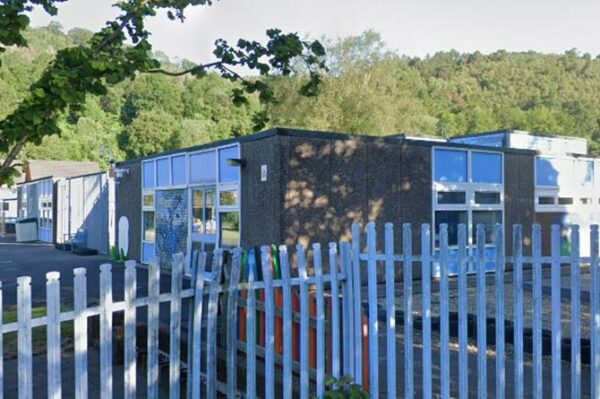Support quality, independent, local journalism…that matters
From just £1 a month you can help fund our work – and use our website without adverts. Become a member today

Councillors in Caerphilly plan to investigate links between declining birth rates and school financial difficulties.
Some schools in the county borough are struggling to balance their budgets, an issue which is partly down to drops in pupil numbers.
A council report warns a “significant element” of school funding is linked to pupil-teacher ratios.
This was the case at Rhydri Primary School, in Rudry, which shut down in the summer despite parents and many in the school community fighting to save it.
Rhydri Primary was unable to balance its budget owing to falling pupil numbers, and the council judged a parental marketing campaign to attract more families to the school ultimately fell short of securing enough pupils.
Campaigners argued the council should have done more to make the school viable and support their efforts to bring in more pupils, however.
Elsewhere in the borough, Cwm Glas Infants School, in Llanbradach, shut down in 2024 with the blame again placed on falling pupil numbers.

At a meeting of Caerphilly County Borough Council’s education committee on Tuesday November 25, Cllr Marina Chacon-Dawson proposed a new working group to look into the trend and its impacts on schools’ financial health.
The vast majority of committee members backed that call to investigate “rising surplus spaces and schools with deficit budgets”.
It comes as the council warns more borough schools reported they were in the red at the end of the last financial year, calling the trend a “real concern”.
As of March 31, around one in three schools reported a deficit position, and collectively they were £6.4 million over budget.
Currently, 19 borough schools are expected to report budget deficits this year, worth an estimated £6 million.
Schools can dip into their own reserve funds to make up any shortfalls, but the council report warns these savings are dwindling and collectively stood at around £1.8 million in the spring – down from roughly £5.3 million the previous year.
The council said 40 schools stand “at the opposite end of the spectrum” and had balances above their recommended levels in March.
The local authority could “claw back” these unspent funds, and education finance officer Jane Southcombe said these powers hadn’t been deployed to date – but added the council “obviously… would want that money spent on the pupils attending school”.
Support quality, independent, local journalism…that matters
From just £1 a month you can help fund our work – and use our website without adverts.
Become a member today
